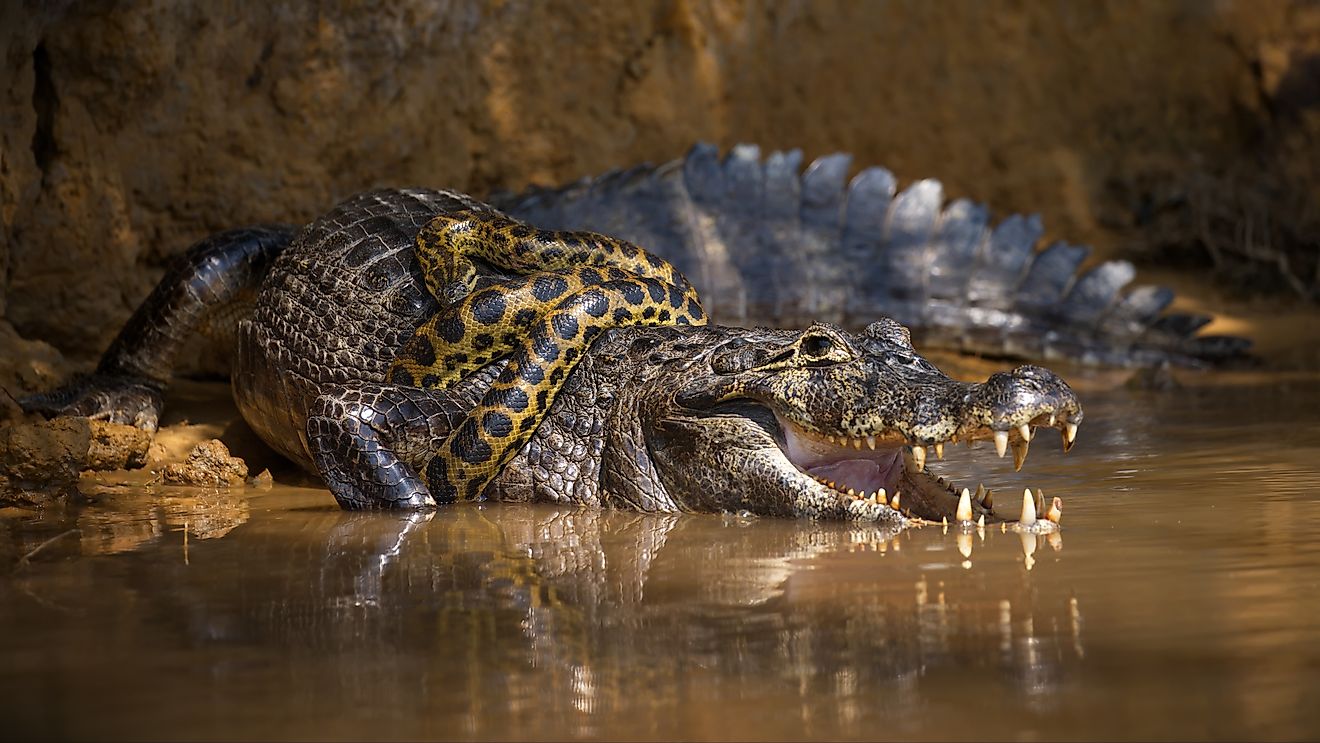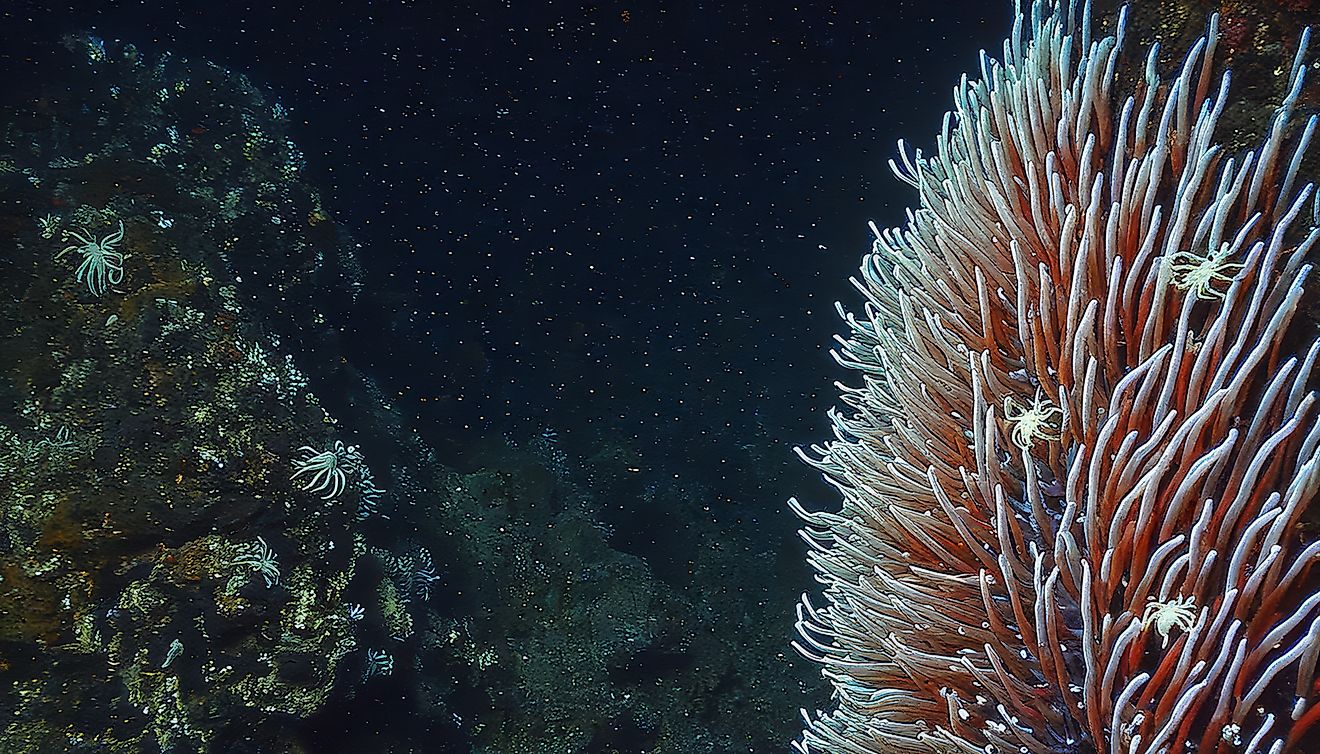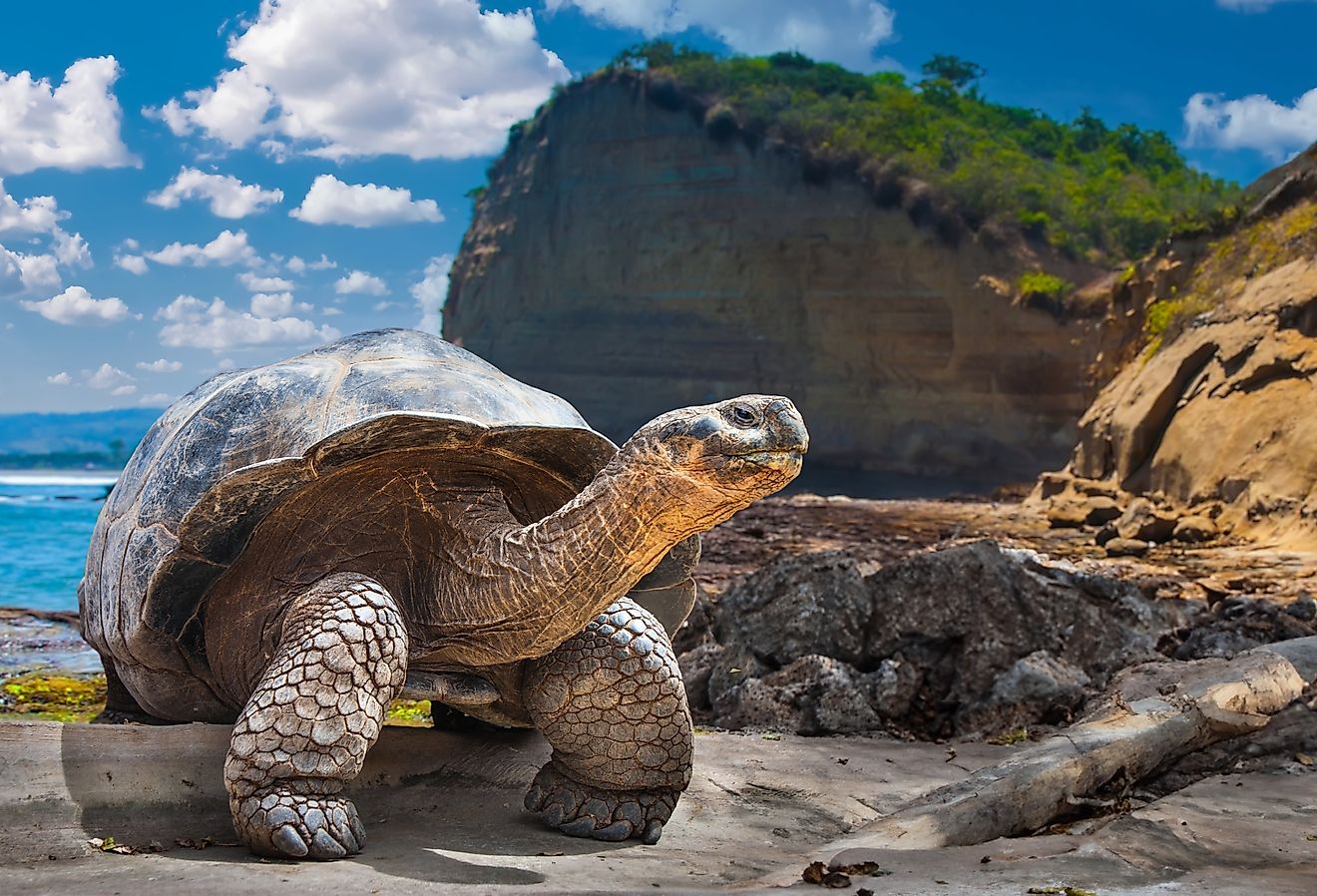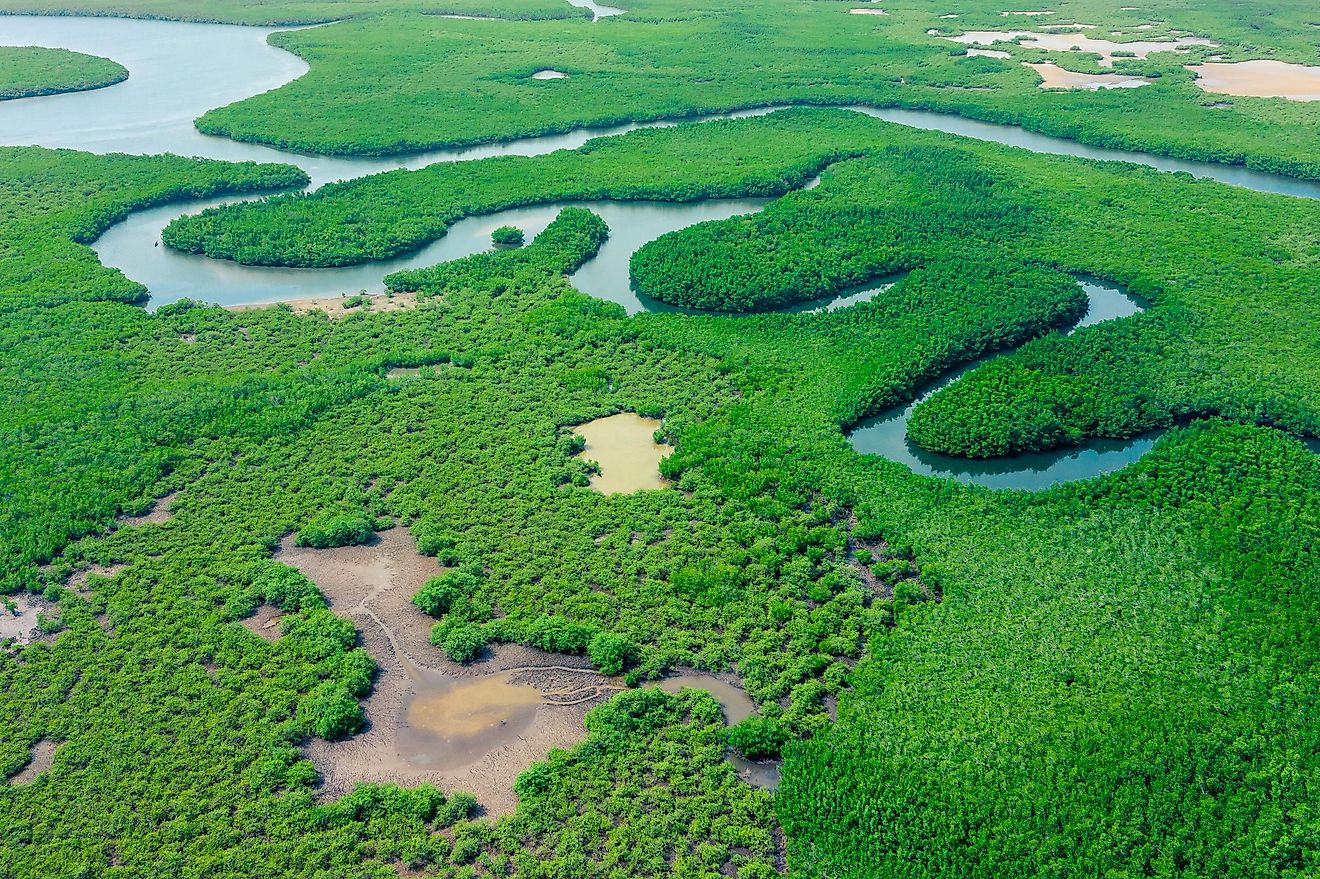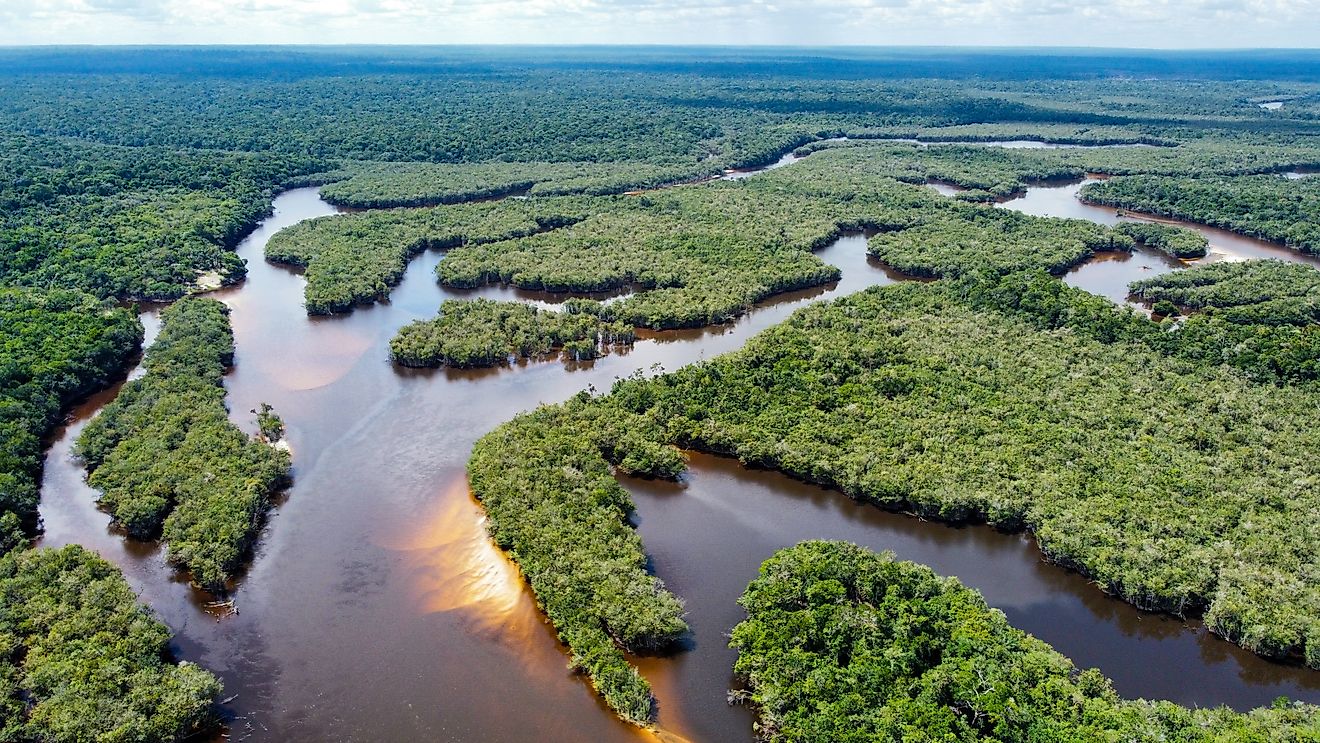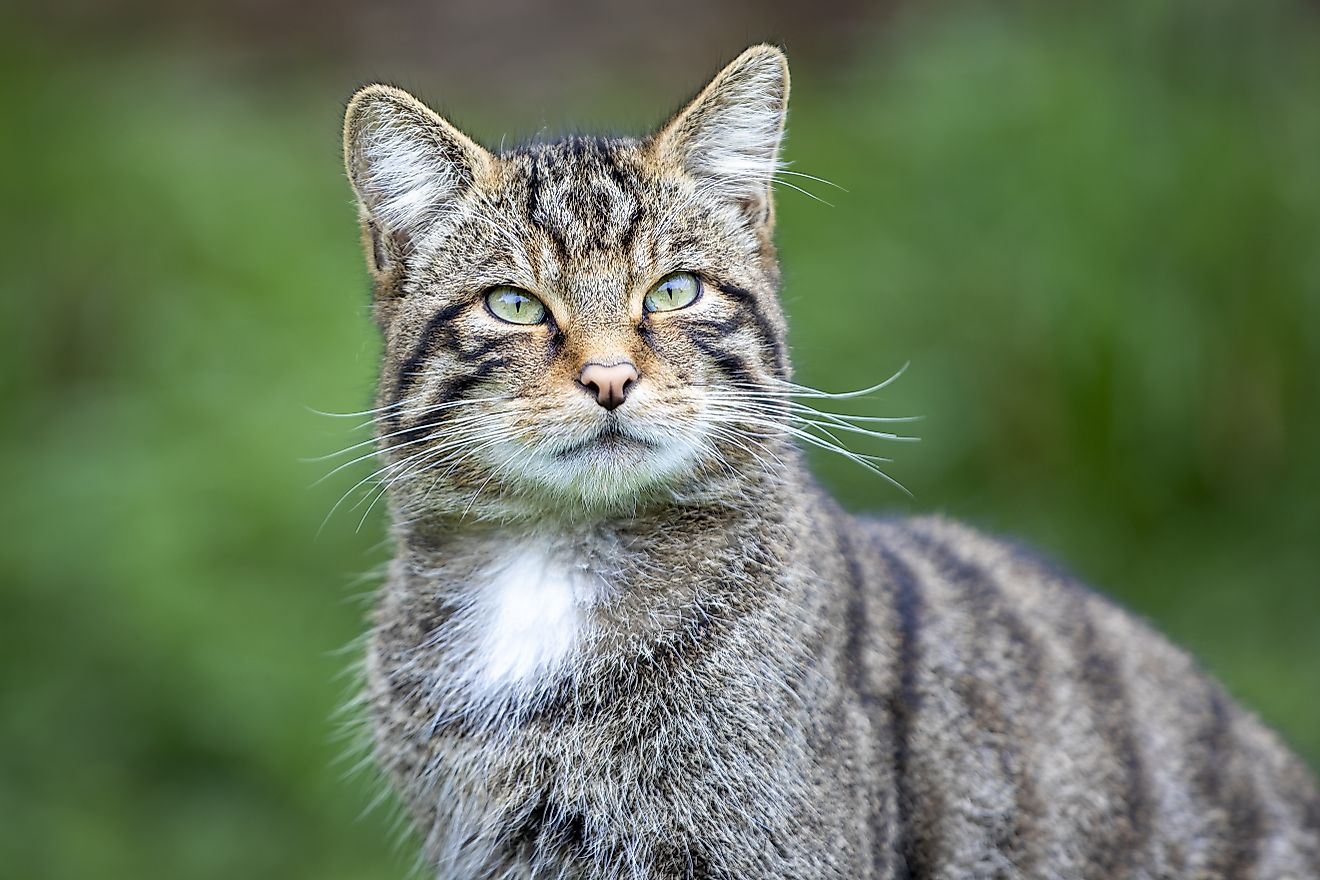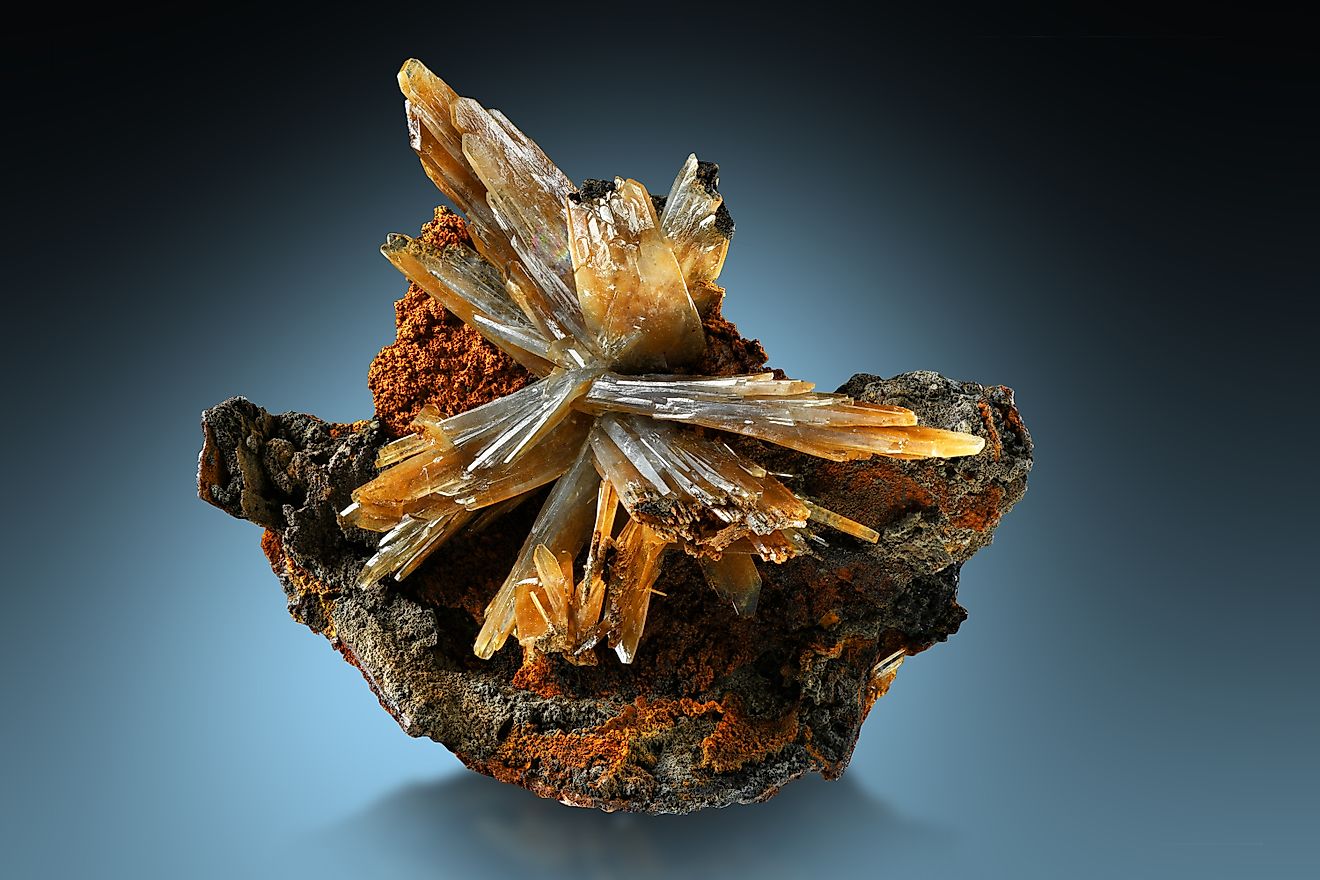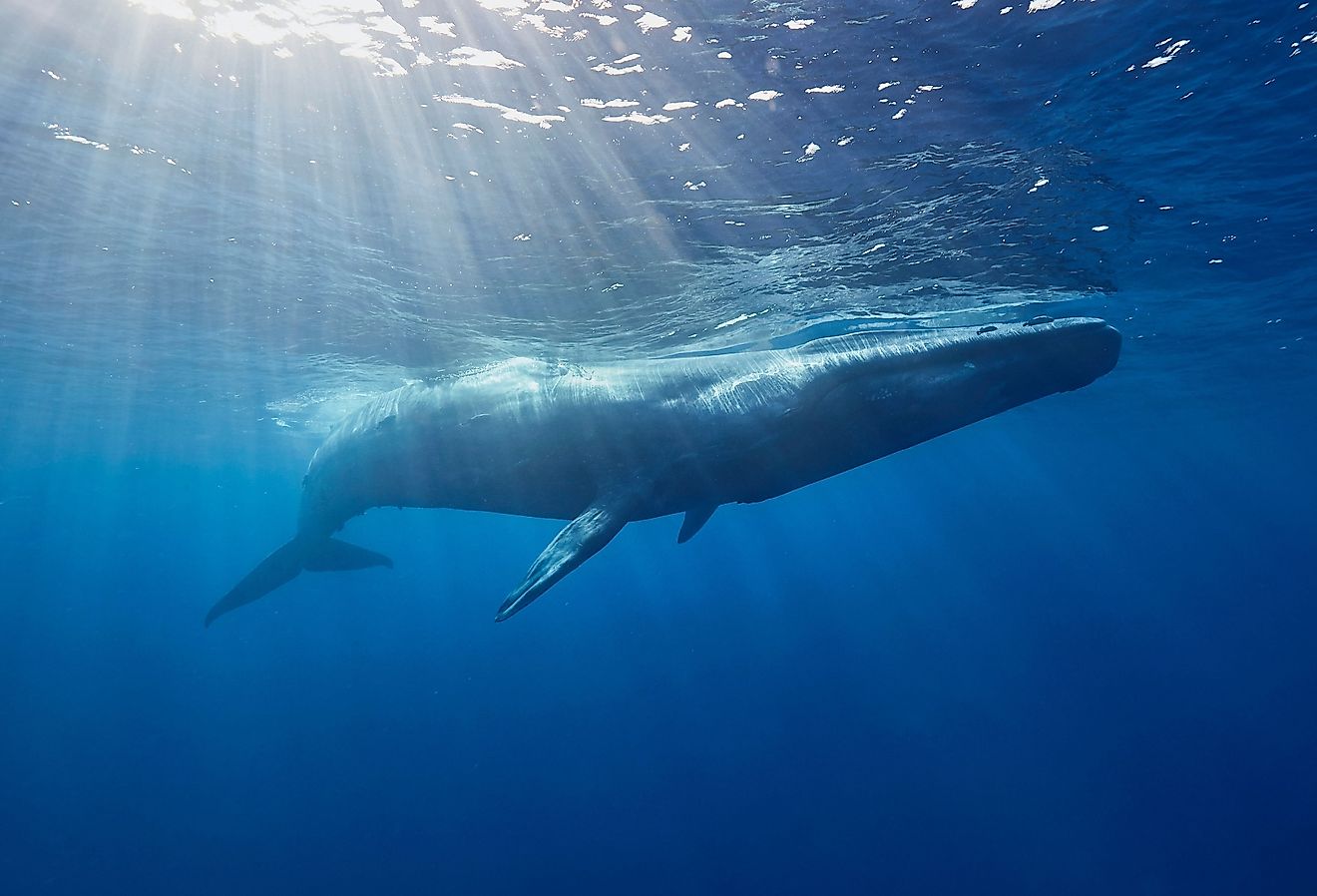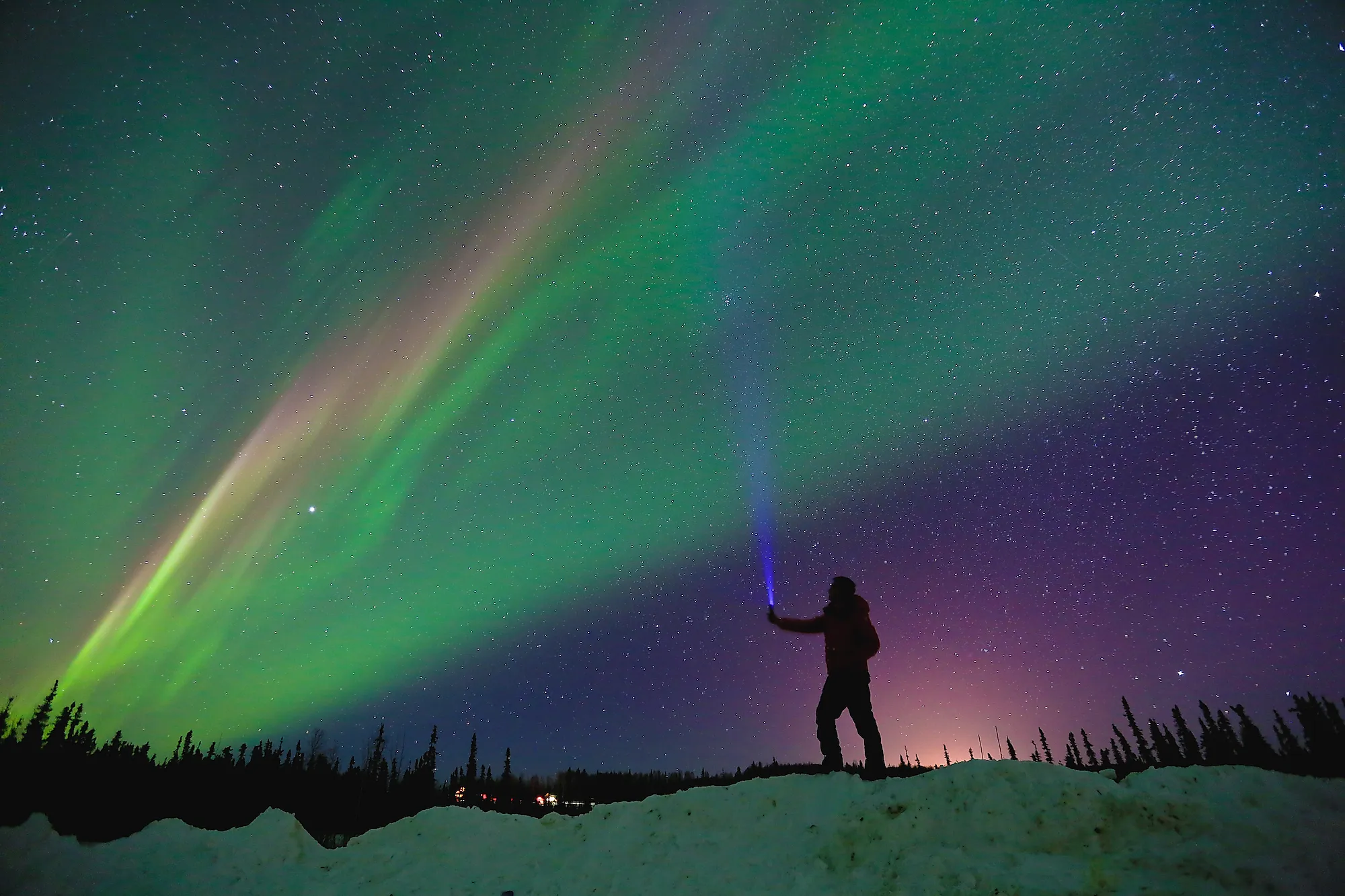
The 10 US Cities With Some Of The Most Extreme Weather Swings
From arctic tundra to subtropical swamp, you’ll find nearly every ecosystem imaginable somewhere on US soil. And anyone who’s ever watched newscasters warn of a historic heat wave or announce the fifth “winter storm of the century” this decade knows that some US cities are notorious for their climactic extremes. But which cities experience the greatest seasonal variation? Thanks to some surprising quirks of geography, these ten US cities have the most dramatic weather swings.
Oklahoma City, Oklahoma
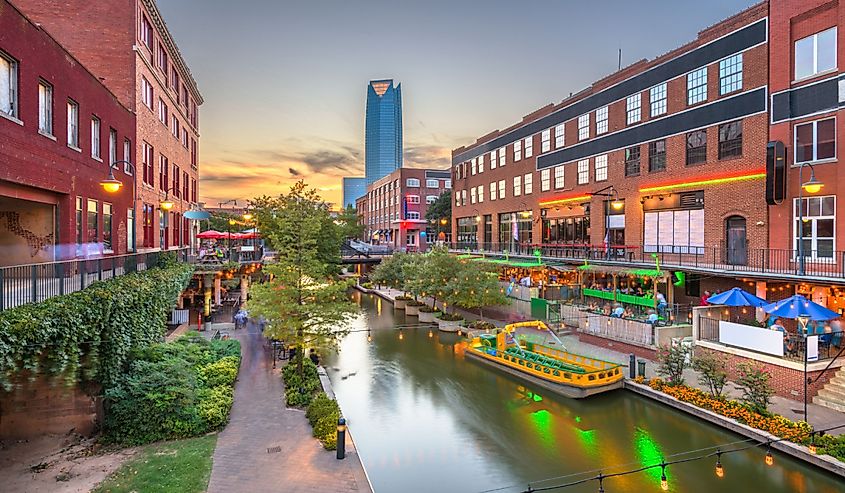
It’s not only temperature extremes that make Oklahoma City a great example of wild weather fluctuations, although they’re certainly part of it. Instead, OKC stands out for its sheer unpredictability: not only does the weather have a mind of its own, it’s smack in the middle of so-called Tornado Alley and is hit by an average of about two tornadoes every year. It speaks volumes when a good chunk of tourists are stormchasers.
But it isn’t just severe weather that makes Oklahoma City unusually volatile. Summer highs peak at a sweltering average of 94°F, and the average January low dips below freezing at 30°F. That’s an annual range of 64°F, and those are just the averages. But why does Oklahoma City exhibit such contraditory traits when it comes to climate? That’s thanks to its central location. East of the Rocky Mountains and northwest of the Gulf of Mexico, Oklahoma is perfectly placed to bear the brunt of colliding air masses coming from both directions. And when cold air from the Rockies meets warm air from the Gulf, you tend to get a lot of unstable weather. Oklahoma City has neither the highest highs nor the lowest lows of any US city, but it would be hard to find a major city where the weather is more volatile.
Great Falls, Montana
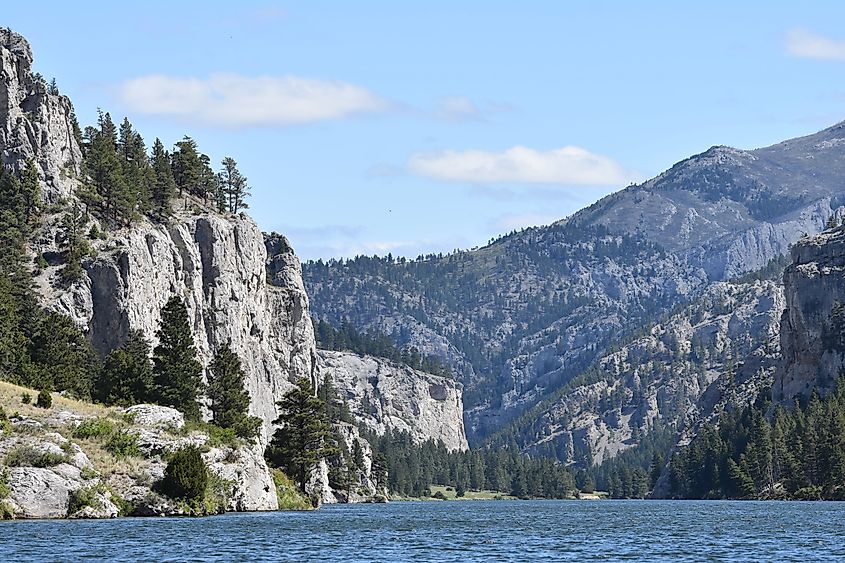
Though the Midwest is home to many of America’s most volatile climates, the Rocky Mountains offer their fair share of gnarly weather. Perhaps the city most emblematic of this is Great Falls, Montana, where residents experience a range in annual average temperatures of 68°F, from a mean 18°F January low to a mean 86°F high in July. An average of 63 inches of snow and 44 days below freezing per year make for rough winters in Montana’s third most populous city, but its summers can be hot, with temperatures frequently reaching the mid-80s.
Great Falls is also known for its strong winds, with the annual average windspeed of 12.1mph significantly topping the national average and even Montana's average of 8.9mph. That’s thanks to the brisk Chinook winds that climb the Rocky Mountains and then gain speed as they blow downhill towards Great Falls, sometimes offering relief from the summer heat and other times intensifying the winter cold with added windchill. There’s nothing like a sudden gust to remind you that you’re in one of the most meteorologically indecisive cities in America.
Rapid City, South Dakota
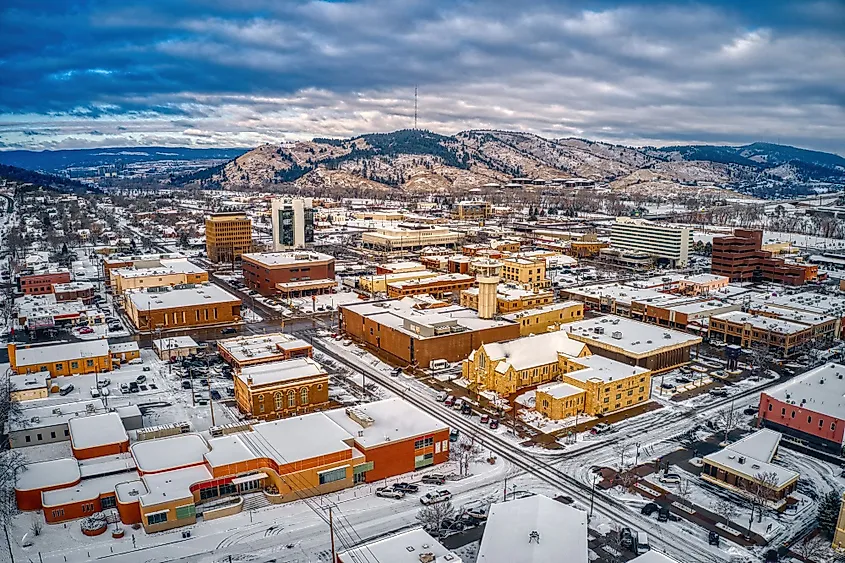
Rapid, indeed! South Dakota’s second-largest city has famously fickle weather that changes at the drop of a hat. Winter lows average 17°F, with high potential for even lower temps, and summer can be very hot, with an average of 32 annual days over 90°F. And with the National Weather Service issuing an average of 300 Severe Thunderstorm and Tornado Warnings in the region every year, the skies are rarely clear and calm.
Putting aside its 70°F annual variation in temperature, Rapid City still experiences a bit of weather whiplash. Spring is a crapshoot. As winter draws to a close, freezing temperatures and snowstorms are just as probable as sunny skies. The final snowfall of any given year usually occurs in April, backed right up on severe thunderstorm season. And although tornadoes aren’t exactly run-of-the-mill, they’re always a possibility.
When you compare all that to the pleasant, mid-70s summer days with which Rapid City occasionally deigns to bless its beleaguered residents, it’s clear that few US cities experience more atmospheric ups and downs.
Omaha, Nebraska
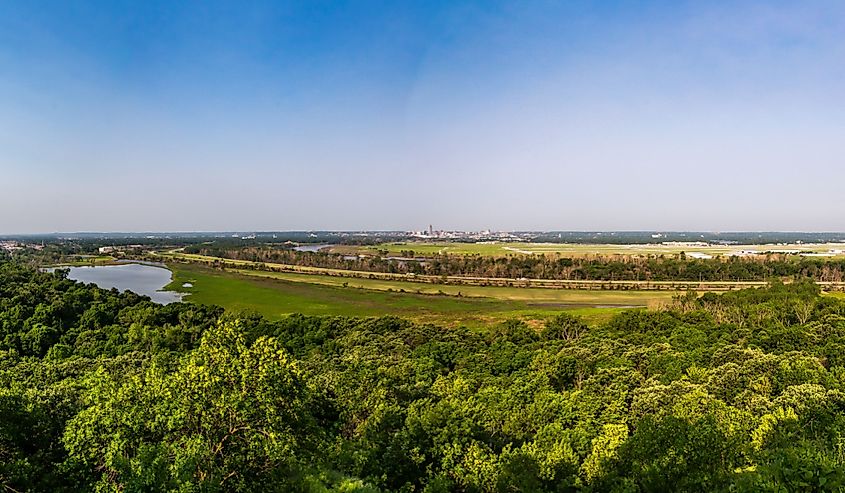
Omaha’s extreme inland location — almost as inland as you can get in the US — means several things when it comes to weather. For one, without the moderating influences of major bodies of water, its temperatures range from an annual average low of 13°F in January to a swelteringly humid 86°F high in July. Then there are the winds. The flat Great Plains are perfectly situated to catch the fiendish Chinook winds coasting down the eastern slopes of the Rocky Mountains. And while there are certainly US cities with much higher snowfall, few have the same combination of icy cold winter and boiling hot summer.
Plus, there’s severe weather to think about. Omaha’s fairly humid climate and strong winds create the perfect conditions for convection, the process that leads to the formation of thunderstorms. And you know what that means: Omaha is yet another city known for its frequent run-ins with tornadoes. As if being among the coldest major US cities wasn’t harsh enough, 2024 saw eleven tornadoes hit the greater Omaha area.
Though it rarely makes the news for dramatic winter storms or summer floods, Omaha’s extreme temperature variations, windiness, and thunderstorm-prone climate make it one of the most difficult places in the US to predict the weather.
Duluth, Minnesota
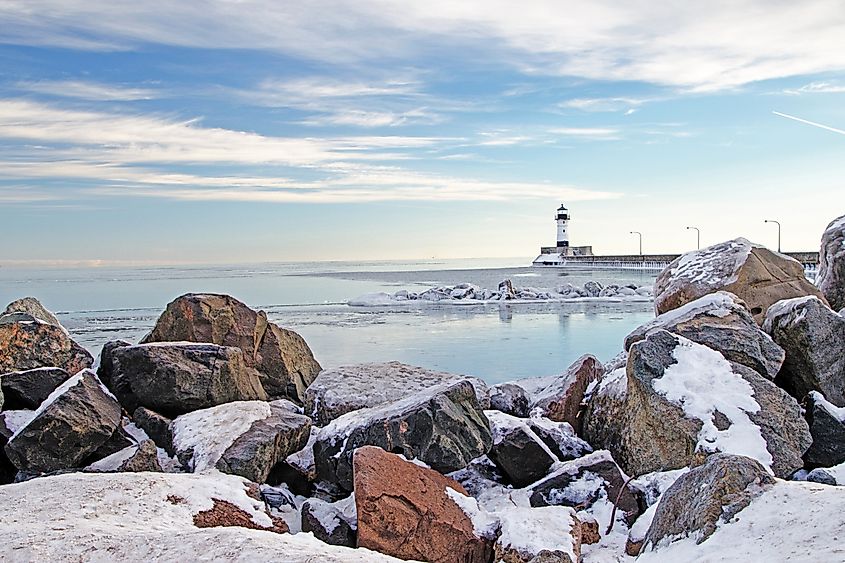
If you're at all familiar with winter weather forecasts, you’ve probably heard the term “lake-effect snow.” When cold, dry air travels over the surface of a large lake, it picks up moisture that then condenses to form precipitation when it rises. This meteorological phenomenon, especially common in the Great Lakes region, leads to some of the heaviest snowfall in the US.
These extreme winter storms adjacent to bodies of water are mostly associated with cities like Chicago and Buffalo, but in far-north Duluth, the wrath of Lake Superior is more prominent than in almost any other Great Lakes city. Its average snowfall? 86 inches per year. But more than that, it’s the wide annual variation in its average seasonal temperatures that puts Duluth on this list.
Summers in Duluth are fairly comfortable, if humid, with an average July high of 78°F. But be prepared for below-freezing winters, with January’s average lows dropping to 7°F. In fact, Duluth sees an average of 100 days per year with temperatures below freezing, and 38 of those days, on average, dip below 0°F. Lake-effect snow events can bring over a foot of snow to the city in a single storm.
Those freezing winters make the gap between the city’s summer and winter temperatures all the more dramatic. Duluth’s summers are not intensely hot, nor are you likely to see a great deal of severe weather, but pleasant high-seventies averages are striking when compared to the bitter cold and extreme snowfall of the winter months.
La Crosse, Wisconsin
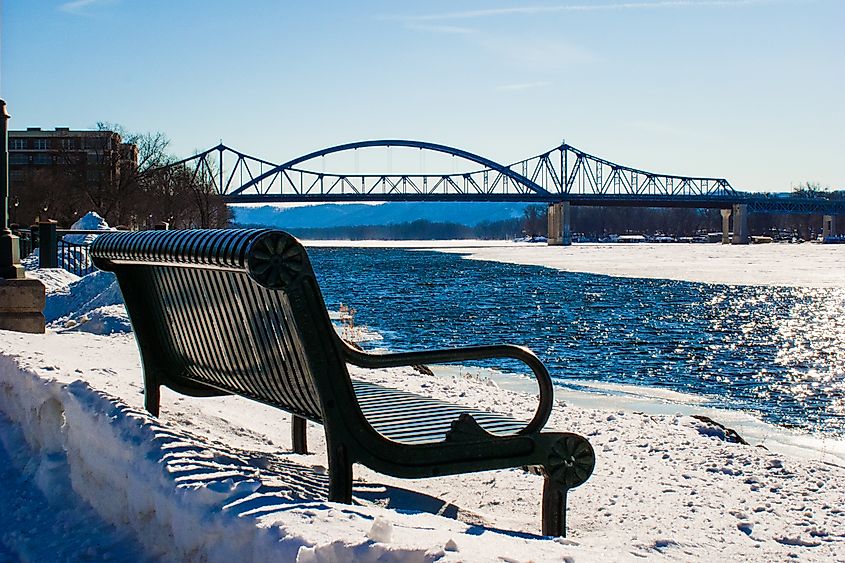
Similarly to Duluth, the Wisconsin college town of La Crosse experiences all the extremes that come with a location on the Great Lakes. Nippy winter average temperatures as low as 11°F bely the uber-humid summers, when the mugginess makes a high in the mid-80s seem decidedly hotter. And though its snowfall is only about half of Duluth’s, La Crosse makes up for it with more extreme summers.
Residents of La Crosse don’t have to reckon with the tornadoes and high winds of the Great Plains, nor are they likely to see the worst of the state’s winter storms, but temperatures are no less frigid here than anywhere else known for cold weather, and the oppressive heat of the extremely humid summers creates a contrast not quite matched by any other city on this list.
Sioux Falls, South Dakota
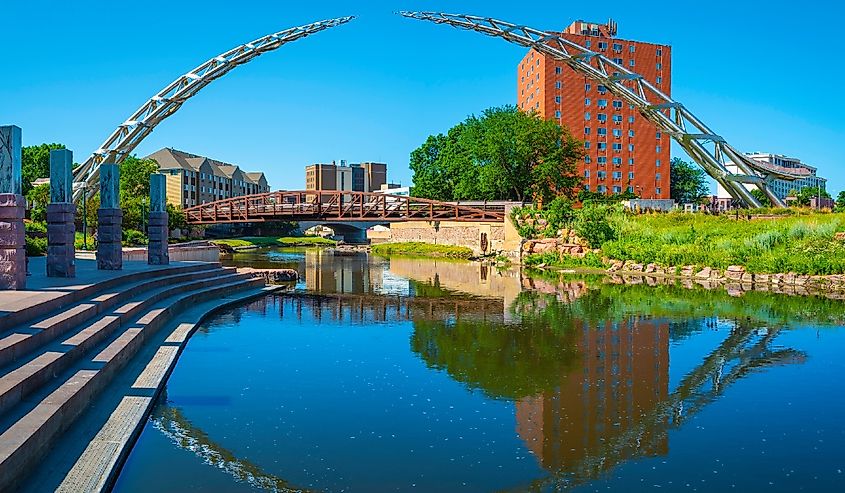
With a range of 77°F between the highest average monthly high (July’s 84°F) and the lowest average monthly low (January’s 7°F), the numbers alone hint that Sioux Falls is an intensely seasonal city. But it’s not until you experience it that you’ll understand why Sioux Falls belongs on a list of US cities with the most extreme climactic variations. It’s common for summer temperatures to land in the 90s and, while the wind chill is hard to account for in numerical data, a low in the single digits could feel well below 0°F. It’s neither the coldest nor the most severe weather-prone city on this list, but when it comes to sheer seasonal contrast, few cities have a more dynamic range than Sioux Falls.
Fargo, North Dakota
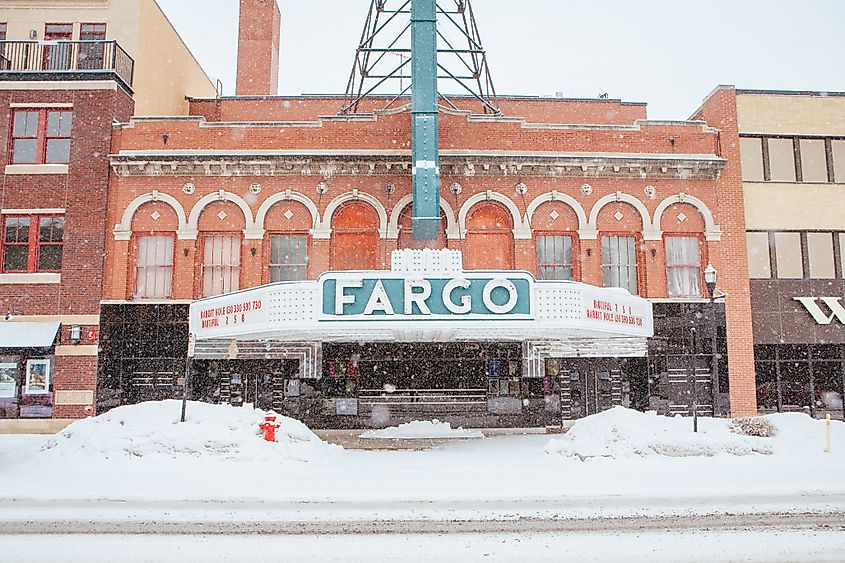
When the average January low is a whopping 0°F, a major seasonal contrast is almost inevitable. That’s the story of Fargo, North Dakota. Though its weather extremes are common to much of the Great Plains, its winters are several orders of magnitude more extreme than those of most comparable cities. That the state of North Dakota has an annual average temperature of 37°F just about says it all.
With fifty days on average with below-zero lows and summer temperatures that occasionally reach the 90s, Fargo’s climate pulls no punches. And that’s all in addition to the usual wind, dryness, and tangential tornado threat that characterize most of the Midwest. Outside of Alaska, you would be very hard pressed to find a US city with winter averages colder than Fargo’s.
Bismarck, North Dakota
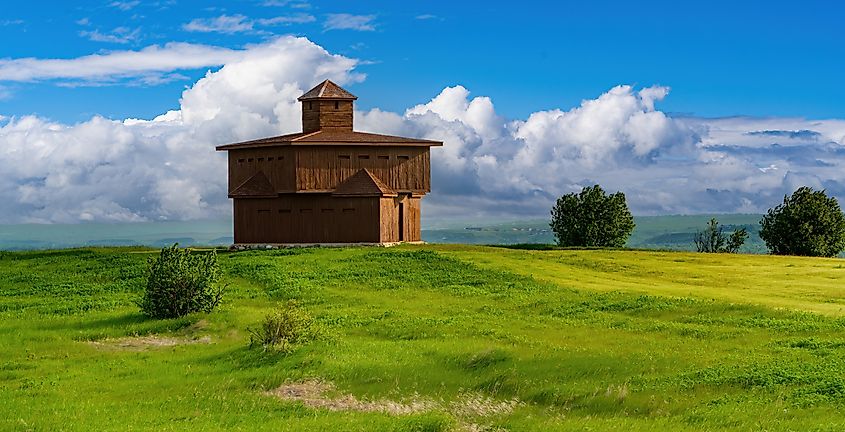
Visit Bismarck in the summer, and you’d never guess it has some of the harshest winters in the continental US But with a whopping 83°F separating the highest average high (in July) and the lowest average low (in January), Bismarck experiences some of the most extreme climate variation in the nation.
Like most of the Great Plains, Bismarck is prone to high winds and is fairly dry year-round. Snowfall averages around 50 inches per year, and while they’re not common, Bismarck has seen its fair share of blizzards. More prominent are floods, which can be dangerous in flat, semi-arid Bismarck. And although rainfall isn’t usually so extreme, Bismarck’s summers can be extremely humid. While its climate isn’t necessarily unique in the Midwest, the extremity of its average temperatures is a cut above most other cities on this list.
Fairbanks, Alaska
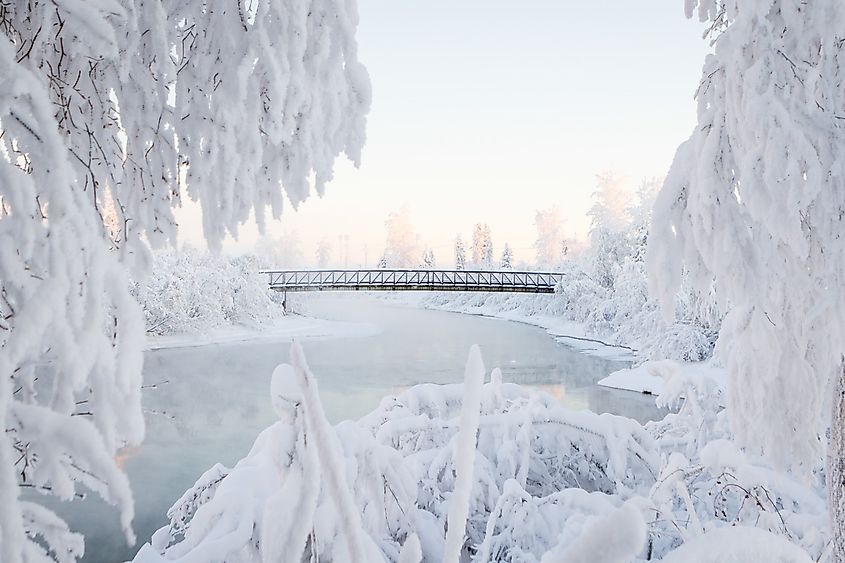
Thanks to its hot summers and cold winters, the Midwest dominates this list. But no list of US weather extremes would be complete without at least one Alaskan city. Sure, an average July high of 73°F might sound downright pleasant, but how about an average January low of -13°F? With a range in annual averages of 86°F, Fairbanks has some of the most mind-bending climactic swings anywhere in the United States.
And while Fairbanks isn’t nearly as unpredictable in its weather as some major Midwestern cities, its winter conditions are undoubtedly some of the harshest in the entire country. Snow sets in around mid-October and hangs out until the end of April, and temperatures are known to dip well below the -13°F winter average at least a handful of days each season, sometimes to the tune of -40°F! Those extreme lows give Fairbanks the distinction of being the coldest city in America.
It isn’t just Fairbanks’ far-northern location that makes it so nippy in the winter, though that certainly doesn’t hurt; this close to the North Pole, winter days are very, very short and the lack of sunlight leads to much lower temperatures. But it’s really the topography of Fairbanks that’s responsible for the bulk of its climactic quirks. Because Fairbanks sits at the bottom of a valley, warm air rises to the tops of the surrounding mountains and traps cold air over the city below. All of these factors combined make Fairbanks winters brutal, especially compared to the city’s lovely, mild summers. But it’s also one of the few US cities where those willing to brave the long, cold winter can hope to see the Aurora Borealis, so at least it’s got that going for it.
There are plenty of US cities that experience four distinct seasons. In fact, outside of a few marginal regions, it could be argued that most do. But these ten cities go far beyond changing seasons, exhibiting contrasts in temperature and weather patterns that would have a newcomer’s head spinning. Whether they’re notorious for bitter winters followed by sweltering summers or unpredictable weather that can change before you have time to re-check the forecast, these cities’ extremely varied climates are not for the faint of heart.
